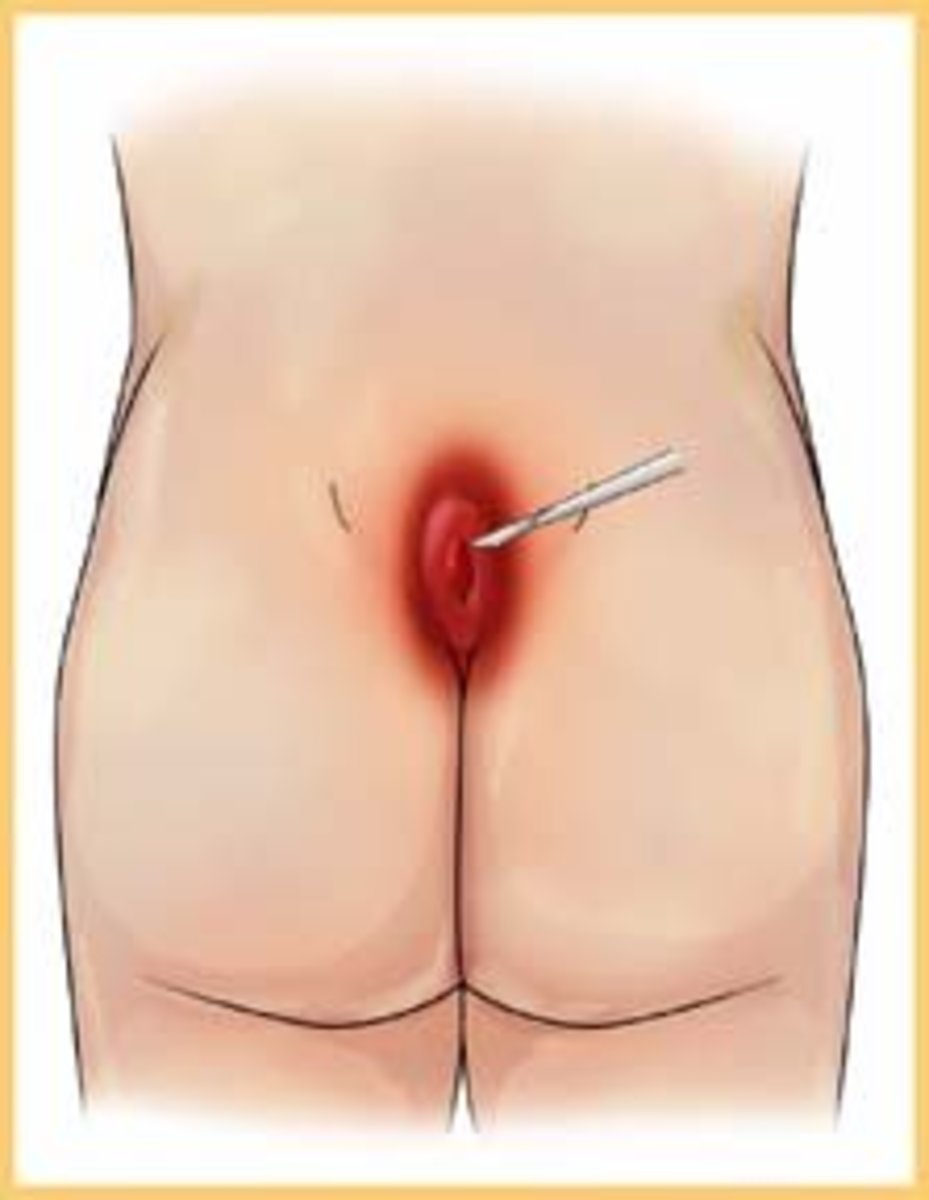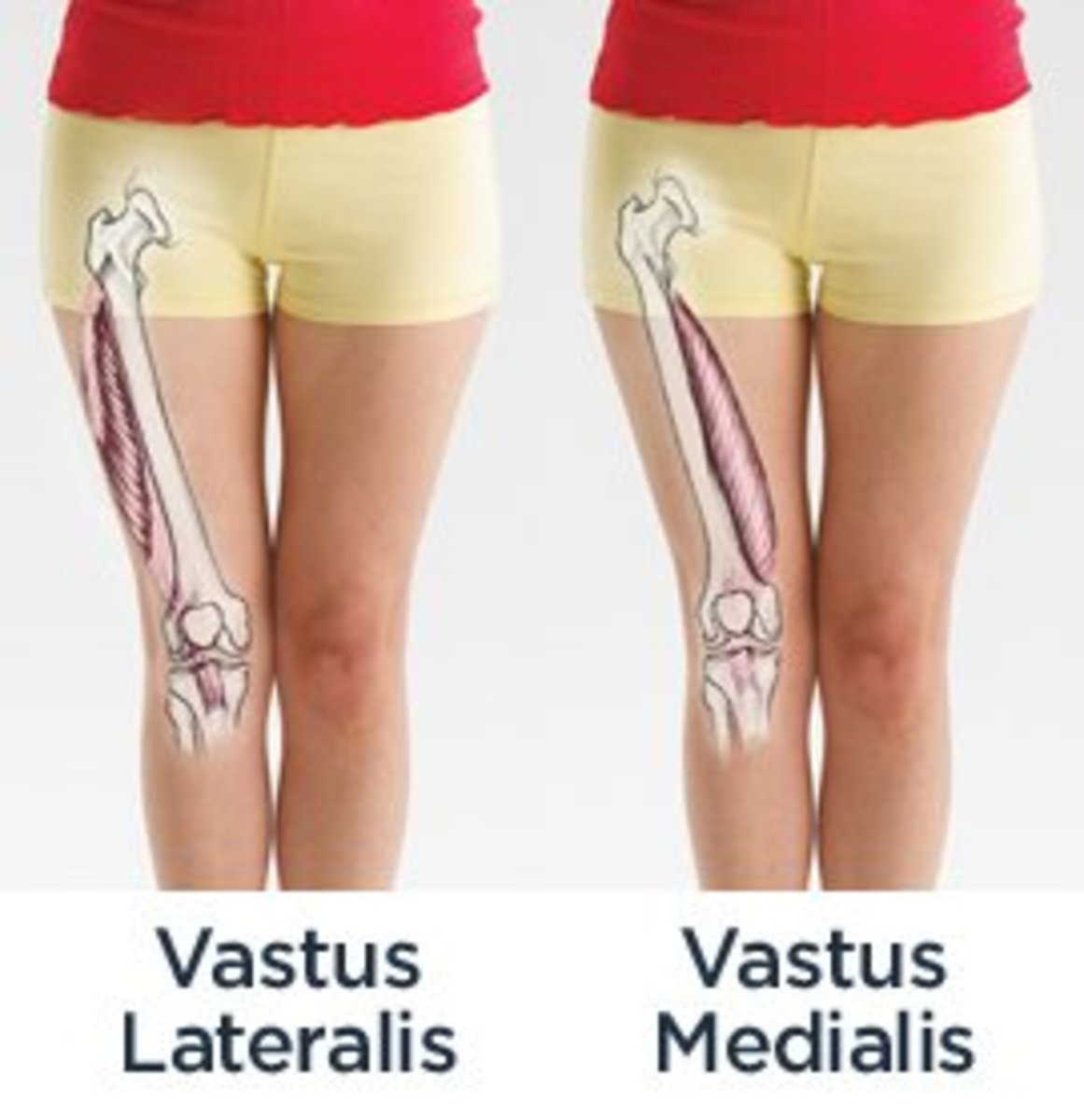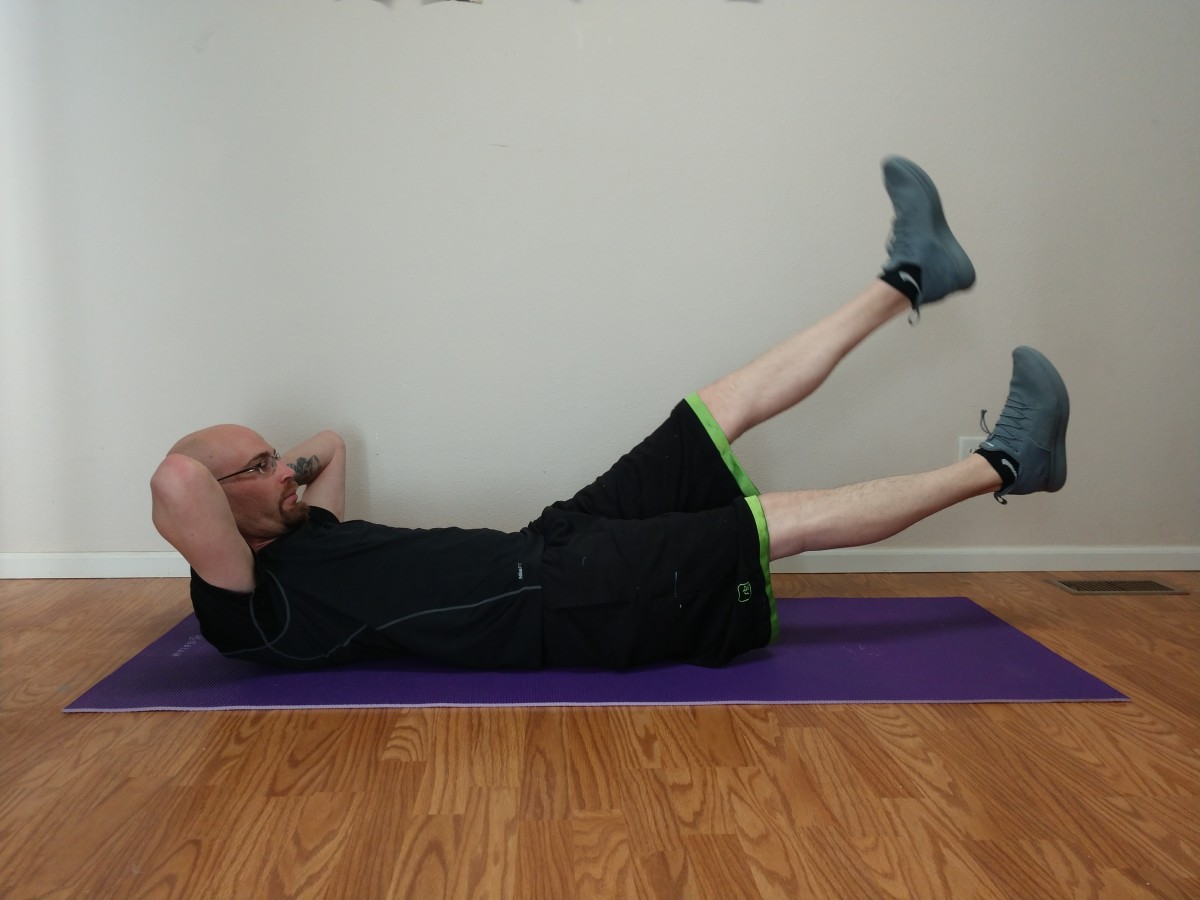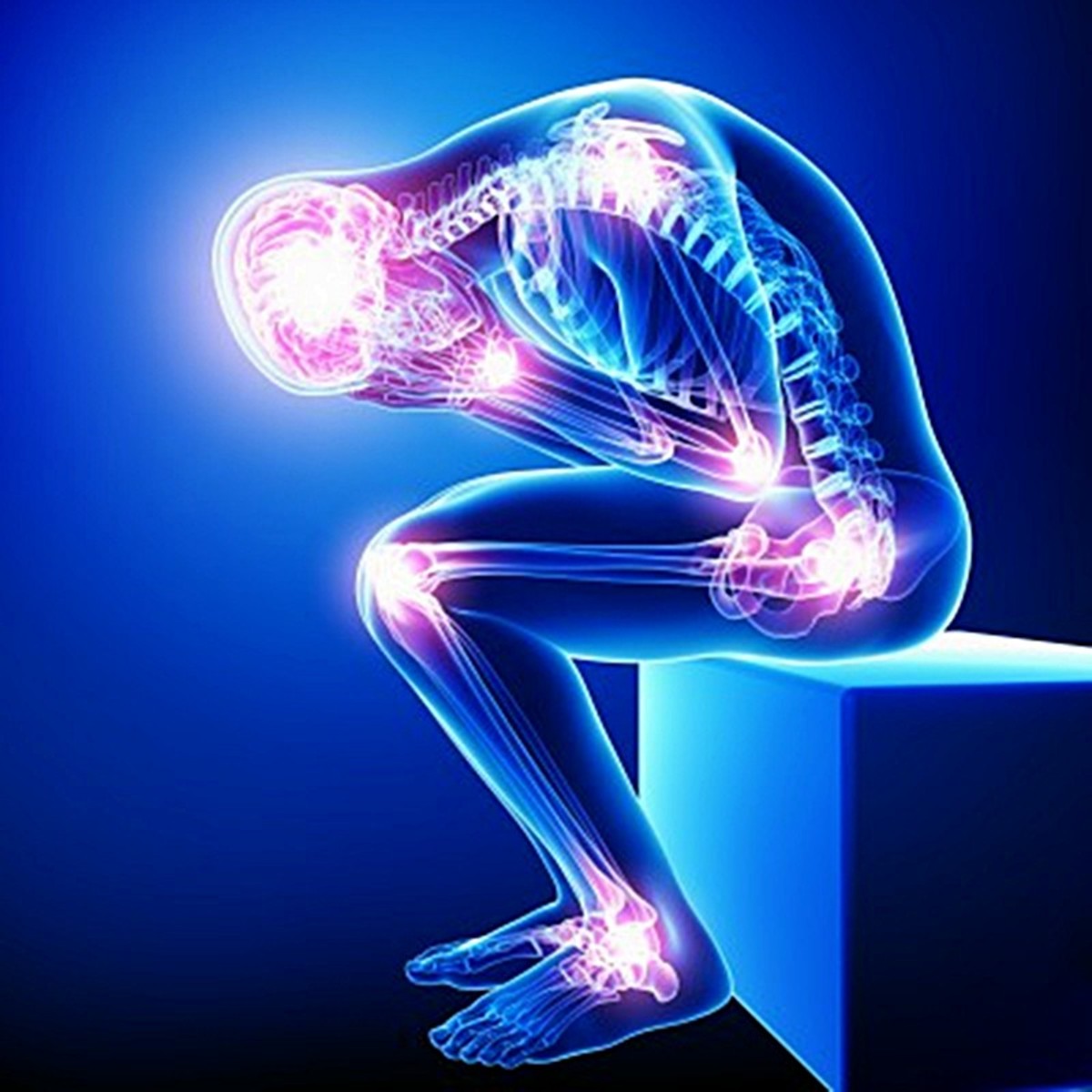BodyBuilding - The Science behind Creatine - A Definitive Guide
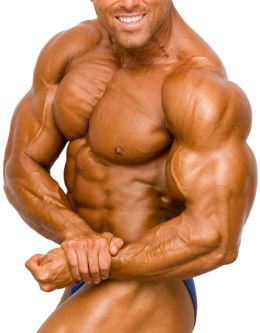
The Science behind Creatine
While some see it as the gym goers best friend, others are not so sure about its benefits.If you have been wondering how does creatine work, here we learn all about some creatine studies about how it works and the effects of creatine.
Although taking Creatine supplements only became possible with the advent of inexpensive, synthetic manufacturing in the early 1990s, sports scientists had long mused about the potential. They knew a compound called adenosine triphosphate (ATP) feeds all cells in the body and is generated through three different energy systems, depending on exercise intensity.
Our body synthesize approximately half of our daily creatine requirement for three amino acids: glycine, arginine and methadone on. The first two are nonessential amino acids, meaning reproduce them automatically, methionine, though is an essential amino, and has to be derived via dietary means. The other half of our daily creatine stuff comes straight from our diets, from fish, steak and the like. Bodies not being 100% efficient machines, ever day we lose approximately 2 g of creatine, which turns into creatininine an inert compound, after it's done its intense exercise enabling thing. But what if we could put substantially more creatine into the muscles via supplements, so that we can do more of these all-out efforts with less stress? Couldn't we then train harder and thus become stronger quicker and get larger muscles?
Most Popular on Amazon
For endurance activities -- that's anything lasting over three minutes -- we have the oxidization system, in which oxygen breaks down dietary carbohydrates and fats and turns them into ATP. At times you can breathe in enough oxygen -- in other words, as long as the activity doesn't leave you breathless -- you can keep going for a long time: witness ultra-runners, for instance, plodding around for days on end. For activities taking between 15 seconds and three minutes, such as a 800 metre race, there's a glycolytic system, in which stored carbohydrates (glycogen) is converted into ATP. Towards the end of one of these efforts, you can't get enough oxygen to breakdown the build up of lactic acid, a waste product from glucose, whereupon her muscles burn, and you have to stop,. For all-out efforts lasting 3 to 5 seconds -- think weightlifting, sprinting bursts, rugby tackles, punch-kick combinations and the like -- there's the phosphagen system, which is where creatine comes in. Next we are going to talk about the science of creatine, this will make a lot of scientific sense when it comes to the benefits of creatine,creatine loading, creatine levels,as well as creatine dosage and loading phase when it comes to using creatine benefits for bodybuilding.
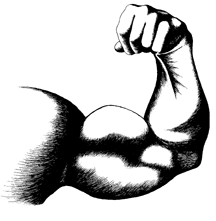
The Science of Creatine Effects
ATP is a molecule that has three phosphates linked together by high-energy bonds. When the bond between the phosphates is broken, energy is released and may be used by the muscle cell. This also causes the ATP to be reduced to a lower energy state: adenosine diphosphate [ATP] and inorganic phosphate. ATP is constantly being broken down whichever of the three energy systems is being utilized. It has to be rebuilt as quickly as it used if the muscle is to continue to generate force at the same rate. As we've seen,with endurance events there's enough oxygen coming in to help the ATP replacement process. As the intensity is upped, though, the oxygen can't be gulped down in sufficient quantities and the ATP rebuilding process has to take place anaerobicly, that's to say with no air intake. At the maximal, all-out, end of the scale when the phosphagen system's at work, ATP is regenerated as follows: phosphocreatine [PCr], a natural component of skeletal muscle, donates its phosphate to ADP, thereby making it ATP again. The PCR, in turn, becomes creatine, which in itself is no good for energy production. When the body is resting, after those 2 seconds of thought out of addition, ATP plus oxygen anticult helps regenerate the creatine into PCR and the process begins again.
Muscle growth
Type II muscle fibers are the big guns, designed to unleash explosive forces. They use minimal oxygen, which makes them anaerobic. The Phosphagen system as their energy source, and the bigger their works to stronger and bigger they become. 'Anaerobic exercise,' says Dr. A. Franco Obregon, author of creatine: a practical guide [nutritional supplements newsletters],' is the optimal stimulus for muscle growth. Creation gives you higher anaerobic energy stores and thus sets the stage for a subsequent muscle growth and strength gain.' Various studies conducted in the US has suggested that benchpress and squat maximum totals improve over a 12 week training period when creatine, rather than a placebo, is used.
On the muscle growth front, they are those who dismiss creatine, claiming that the gains in size can be attributed to water retention. A study by the exercise and sports laboratory at Western Washington University, US, found that creatine supplementation combined with exercise brought about an increase in body weight varying from 0.4 - 2.1 kg over nine weeks. 55% of this was indeed related to increase body water [water retention] content and the remaining 45% was due to increased muscle growth, from the production of new muscle proteins. That water content will disappear within a few weeks of stopping supplementation. As Dr. Franco Obregon points out, 'water leaves our muscles at the same rate as the creatine stores degrade.'. The water may have gone, he says, but 'any increase in muscle mass attributed to the production of new muscle proteins will be more enduring'. Furthermore, for those purely wanting to look hefty, and have no intention of pulling a tractor on the world's strongest Man, the volumizing phase might be no bad thing: the more water in the muscle, the more the skin stretches and the more 'cut' the muscles appear.
Endurance activities
Surely, if you are a distance runner/cyclist/swimmer, creatine isn't for you? Think again. Interval training, in which fast blast stints of work alternate with recovery periods, form an essential part of most stamina folks training. Sports science research newsletter, peak performance, recently assessed research into creatine for longer events, and concluded: 'for insurance athletes such as kayakers and distance runners the quality of interval training, even with longer intervals of over three minutes duration, was increased significantly after supplementation was creatine. Higher-quality interval sessions in training can produce higher speeds in competition.'
A 1998 study at the University of Frankfurt suggested that interval performance can increase by up to 20% with low dosage creatine supplementation.
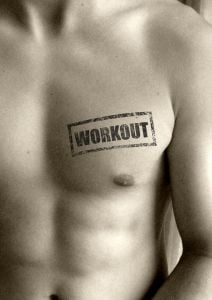
Taking the stuff
A six-week period on creatine, followed by a four-week 'washout' period, is reckoned to be the best approach to take. Drink plenty of water when you're supplementing: water tension in the muscles that is illicit means the rest of your body needs extra H2O.
The jury is out on the ' Creatine loading phase ', the first few days of supplementation during which you are instructed to take considerably larger doses in order to increase your creatine levels by taking a larger than average creatine dosage. If insurance is your game, you certainly have no need to load: simply take the post loading recommended measure.You simply take your brands recommended creatine dosage before working out, you can also take some creatine after workout.
Finally, don't forget to up your training regime -- those muscles won't grow on their own, you know, but high creatine levels in combination with your dedicated workout regime may certainly encourage them!





